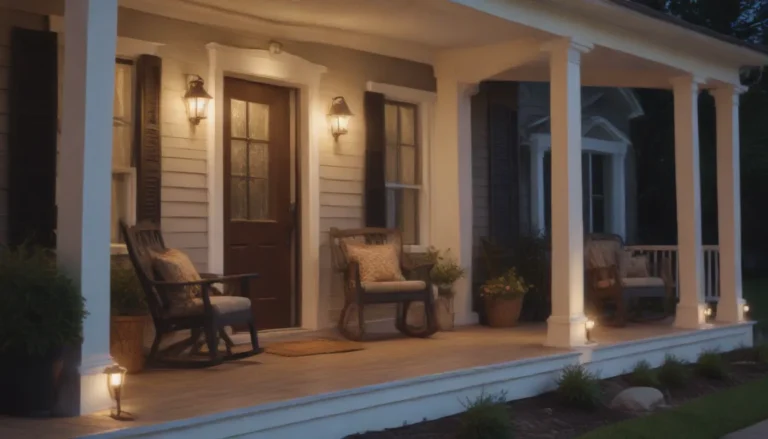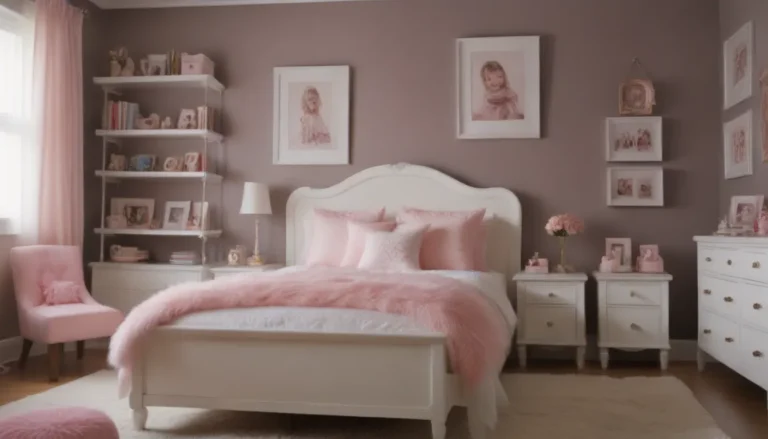The World of Industrial Architecture: Function Meets Design

Industrial architecture, a term encompassing a diverse range of building types and styles crafted to fulfill the needs of industry, plays a significant role in the urban landscape. From factories and warehouses to power plants and refineries, these structures embody a blend of functionality and design that serve as the backbone of industrialized societies. In this guide, we will delve deeper into the realm of industrial architecture, exploring its history, main characteristics, and its evolution in the modern era.
Understanding Industrial Architecture
When we talk about industrial architecture, we are referring to the specialized buildings that emerged during the Second Industrial Revolution in the late 19th and early 20th centuries. These structures were designed to accommodate the intricate systems, processes, equipment, and safety considerations inherent in manufacturing, processing, and other industrial activities. Industrial architecture boasts a unique style characterized by its focus on efficiency and practicality, tailored to meet the demands of a rapidly industrializing world.
Buildings With Industrial Architecture
Industrial architecture encompasses a wide array of building types, each tailored to serve a specific industrial purpose. Some common examples include:
- Factories: Facilities where raw materials are transformed into finished goods through manufacturing processes.
- Warehouses: Storage spaces for goods and materials awaiting distribution.
- Power Plants: Structures housing equipment for generating electricity.
- Refineries: Facilities for processing raw materials into usable products.
Main Characteristics of Industrial Architecture
Industrial architecture exhibits several key characteristics that set it apart from other architectural styles. Some of these features include:
- Utilization of industrial materials such as concrete, iron, steel, and brick.
- Emphasis on functionality and efficiency in building design.
- Large, open spaces to accommodate equipment and production processes.
- Incorporation of industrial elements like exposed pipes, beams, and machinery into the building design.
Evolving Trends in Industrial Architecture
The landscape of industrial architecture continues to evolve as new technologies and sustainability concerns shape the way we design and repurpose industrial buildings. Developers and architects are increasingly focusing on adapting existing structures to meet modern needs while incorporating green building practices to reduce environmental impact.
One notable example of innovative industrial architecture is CopenHill in Copenhagen, Denmark. This facility, touted as the “cleanest waste-to-energy power plant in the world,” combines functionality with public amenities, featuring a climbing facade, a rooftop hiking trail, and even a ski slope. Such projects demonstrate the potential for industrial buildings to serve dual purposes, blending utility with recreation and sustainability.
Industrial Architecture: Past, Present, and Future
As we look to the future of industrial architecture, the focus remains on balancing the needs of industry with environmental sustainability. The push for greener building standards and practices is driving a shift towards more energy-efficient and environmentally friendly industrial structures. The transformation of derelict warehouses into trendy lofts, offices, and cafes underscores the enduring appeal of industrial aesthetics in modern design.
Interesting Facts About Industrial Architecture
- The 1931 Ford Assembly Building in Richmond, California, designed by renowned architect Albert Kahn, is considered a masterpiece of industrial architecture.
- Modern architecture differs from industrial architecture in its focus on simplicity versus function.
- Concrete, iron, wood, stone, steel, and brick are among the most commonly used materials in industrial construction.
In conclusion, industrial architecture remains a vital component of the built environment, blending form and function to meet the demands of industry while also embracing sustainability and innovation. As we continue to repurpose and reimagine existing structures, the influence of industrial design will persist, shaping the urban landscape for generations to come.





